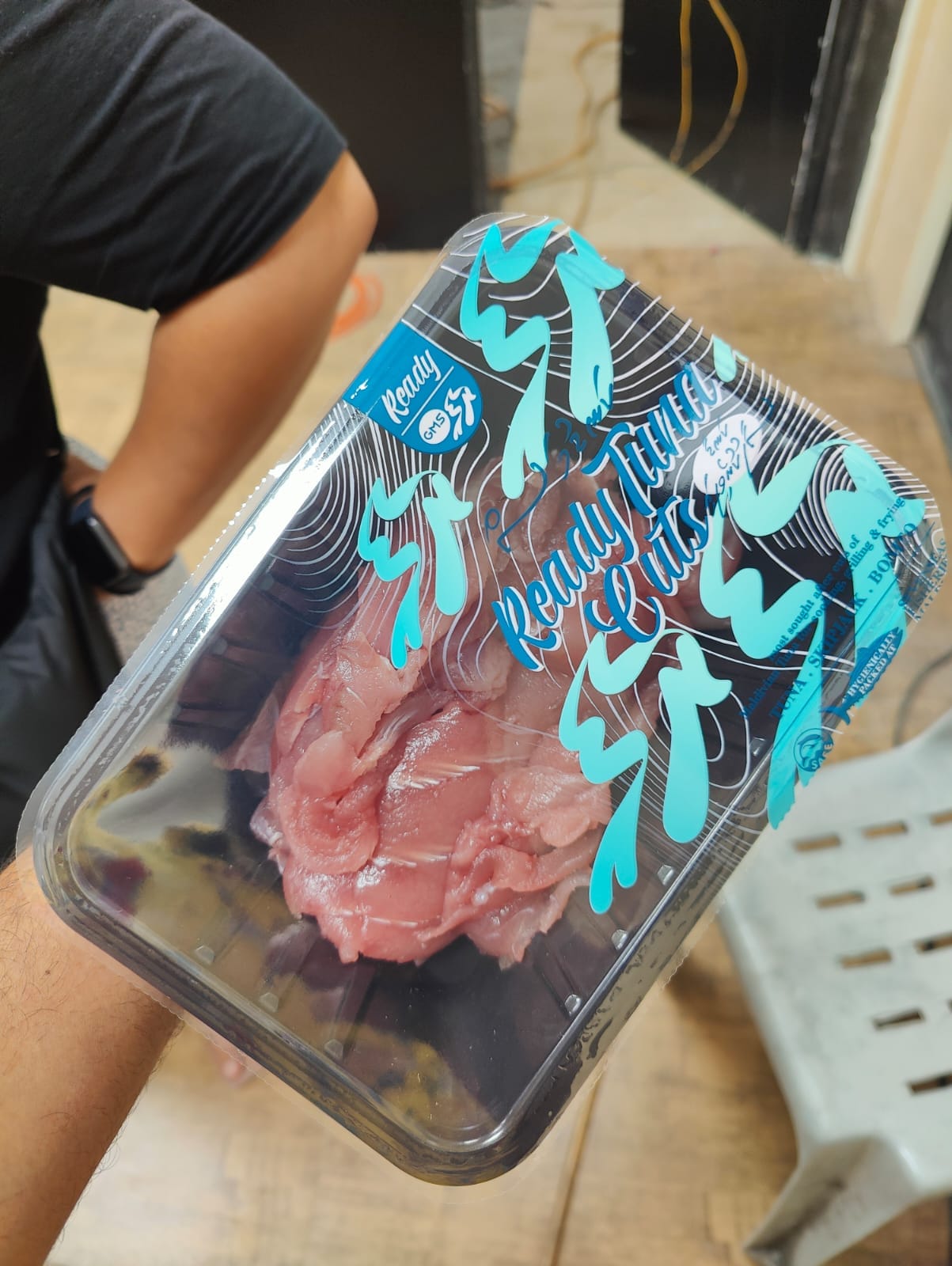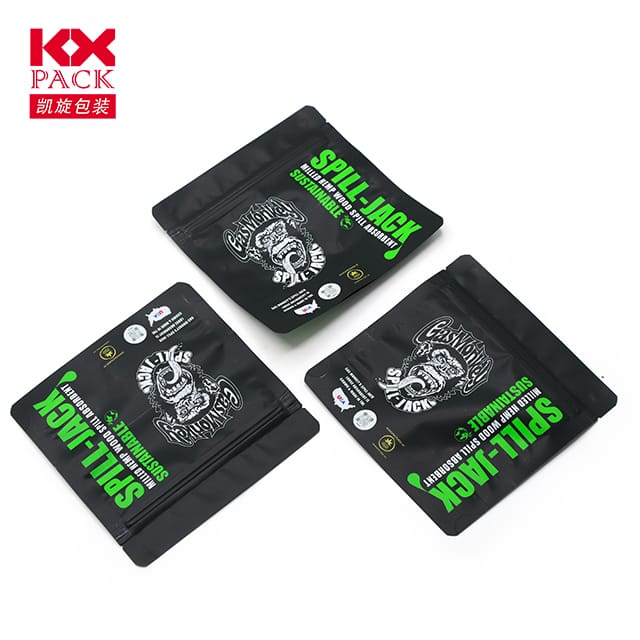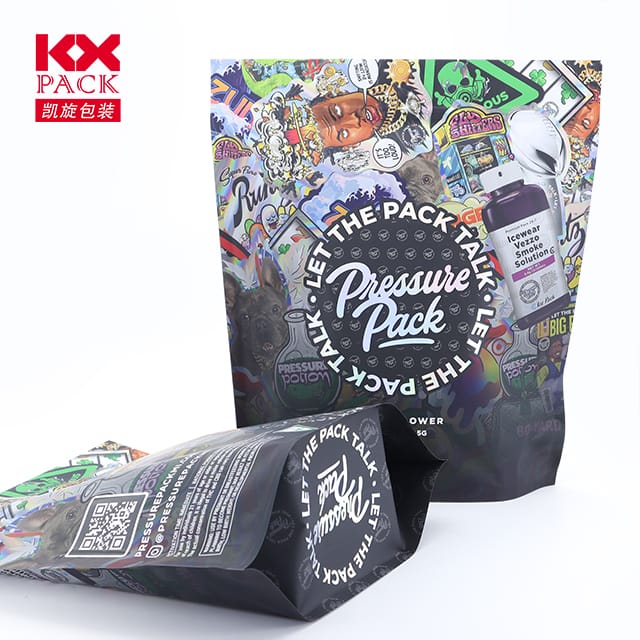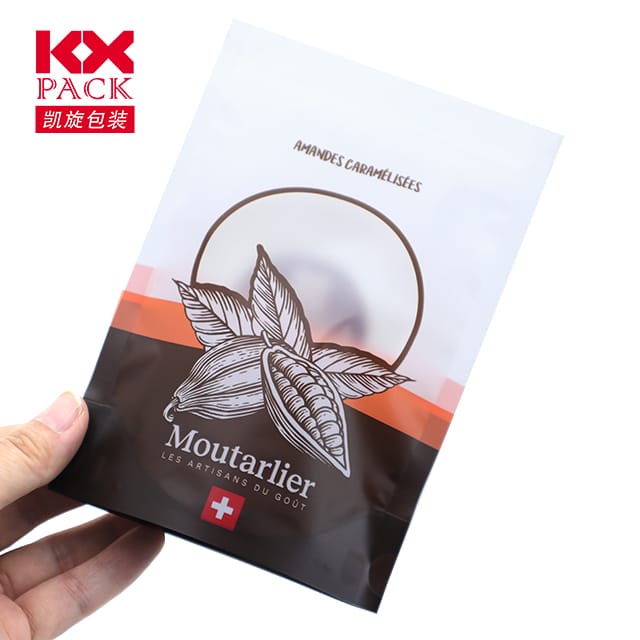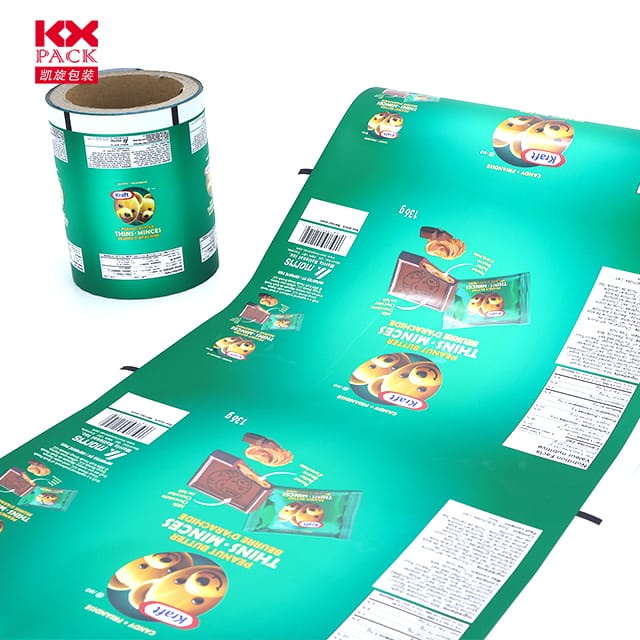Η εξέλιξη και ο αντίκτυπος της συσκευασίας ευέλικτων ταινιών: Μια βιώσιμη επανάσταση (6)
Ευέλικτες μεμβράνες
In an era where sustainability, ευκολία, and innovation drive packaging solutions, flexible films packaging has emerged as a cornerstone of modern industry. From food and pharmaceuticals to consumer electronics, these adaptable materials are reshaping how products are protected, μεταφερόμενος, και παρουσιάστηκε. Let’s explore the dynamics, τάσεις, and future potential of this dynamic sector.
What Are Flexible Films Packaging?
Flexible films packaging refers to lightweight, non-rigid materials used to encase products. Unlike traditional rigid containers, these films—often composed of polymers like polyethylene (Π.Ε), πολυπροπυλένιο (PP), or multi-layer composites—conform to the shape of their contents, minimizing waste and optimizing space.
Key characteristics include:
- Πυγμάχος ελαφρού βάρους & Διαρκής: Reduces shipping costs and carbon footprints.
- Barrier Properties: Protects against moisture, οξυγόνο, και φως, Επέκταση της διάρκειας ζωής.
- Customizability: Printable, sealable, and adaptable to diverse formats (θήκες, σακούλες, wraps).
Market Growth & Key Drivers
The global flexible packaging market was valued atΔολάρια ΗΠΑ 210.62 δισεκατομμύρια 2023 and is projected to reachΔολάρια ΗΠΑ 238.91 δισεκατομμύρια 2029, αναπτύσσεται σε CAGR του2.12%. Οι βασικοί οδηγοί περιλαμβάνουν:
- Shift from Rigid to Flexible Solutions: Brands prioritize cost-efficiency and sustainability, favoring flexible films over heavier, less eco-friendly alternatives.
- E-commerce Boom: Online retail demands lightweight, damage-resistant packaging for safe deliveries.
- Υγειονομική περίθαλψη & Food Demand: Pharmaceuticals and perishable goods require sterile, airtight packaging, fueling innovation in high-barrier films.
Innovations in Material Science
Recent advancements in flexible film technology focus onsustainability and performance:
- Δομές μονο-υλικού: Εταιρείες σαν Huhtamaki are pioneering single-polymer films (Π.χ., PE or PP) to simplify recycling.
- Βιοαποικοδομήσιμες ταινίες: Κατασκευασμένο από ανανεώσιμους πόρους (Π.χ., PLA), these reduce plastic waste.
- Επικαλύψεις υψηλού φραγμού: Advanced polymers like polyvinylidene chloride (Pvdc) or ethylene vinyl alcohol (Εύος) enhance shelf life without compromising recyclability.
Regional Dynamics
Asia-Pacific dominates the market, accounting for58% of global volume in 2023, οδηγείται από:
- Rapid Urbanization: Rising middle-class populations in China and India boost demand for packaged goods.
- E-commerce Expansion: Online shopping platforms like Alibaba and Flipkart rely on flexible films for efficient logistics.
- Regulatory Push: Governments mandate eco-friendly packaging, accelerating adoption of recyclable/compostable films.
Προκλήσεις & Future Outlook
Despite growth, the sector faces hurdles:
- Πολυπλοκότητα ανακύκλωσης: Multi-layer films are hard to separate, complicating circular economy efforts.
- Raw Material Volatility: Fluctuating polymer prices impact margins.
Ωστόσο, the future looks promising:
- Έξυπνη συσκευασία: Films embedded with sensors for freshness tracking or anti-counterfeiting.
- Circular Design: Modular, reusable packaging systems that minimize waste.
- Collaborative Innovation: Partnerships between material scientists, brands, and recyclers to close the loop.
συμπέρασμα
Flexible films packaging is more than a convenience—it’s a strategic imperative for a sustainable future. As brands and consumers demand smarter, greener solutions, this sector will continue to evolve, blending cutting-edge science with practical design. The road ahead? A balance of innovation, responsibility, and adaptability to meet the needs of a changing world.
Stay tuned for more insights on packaging trends—where science meets sustainability! 🌍📦✨
Πηγές: QYResearch, MarketsandMarkets, GlobeNewswire, Packaging World

